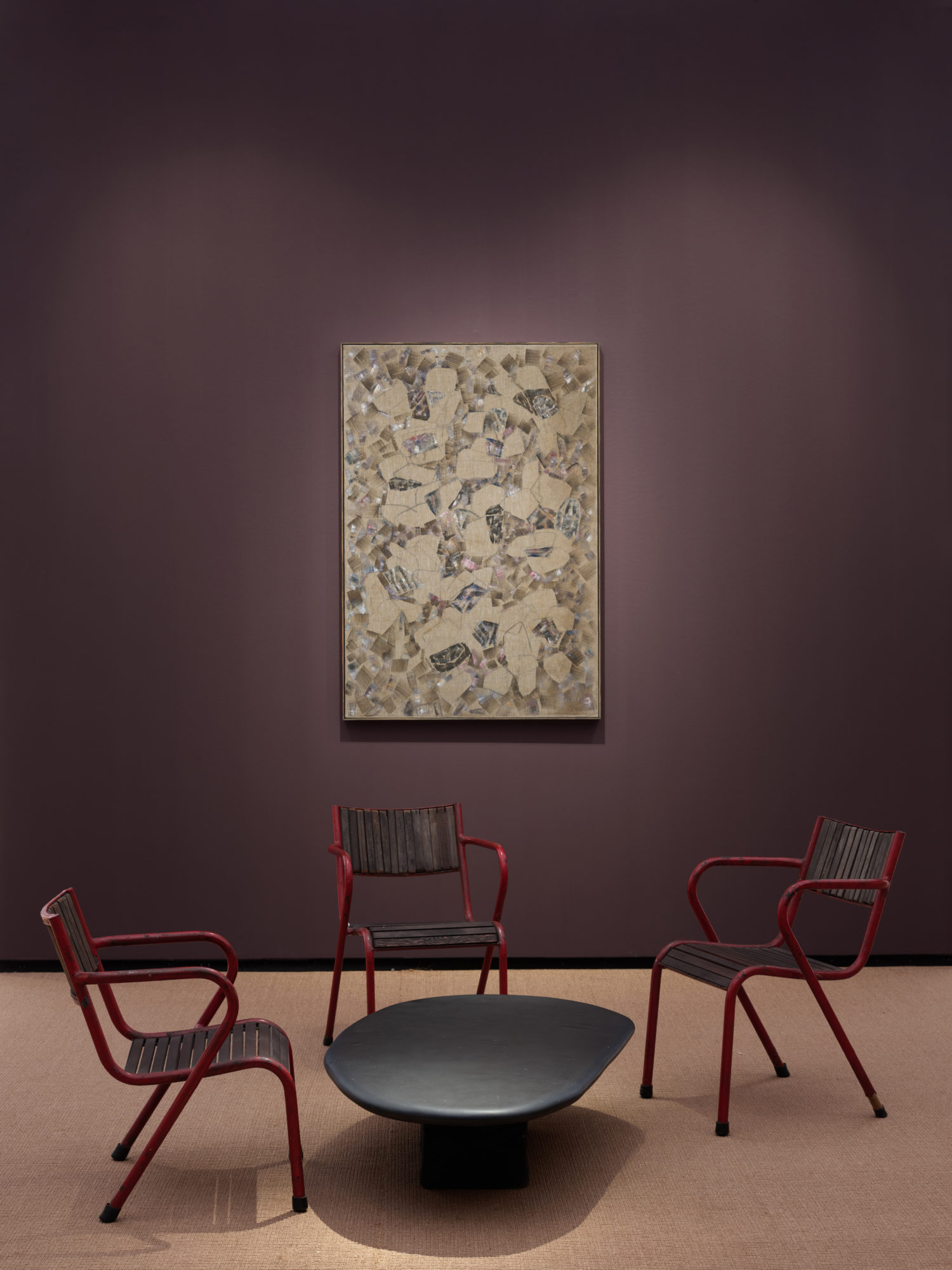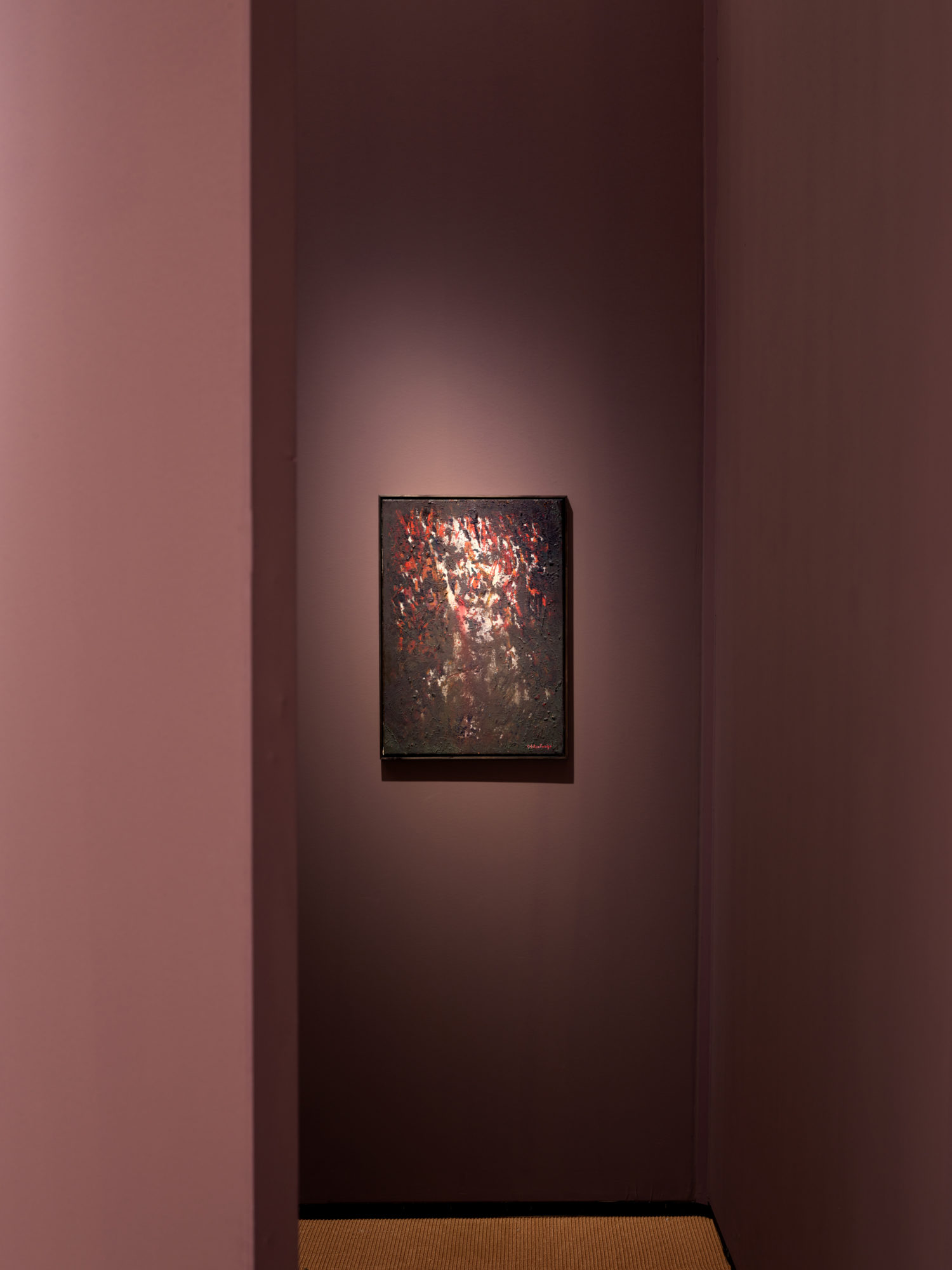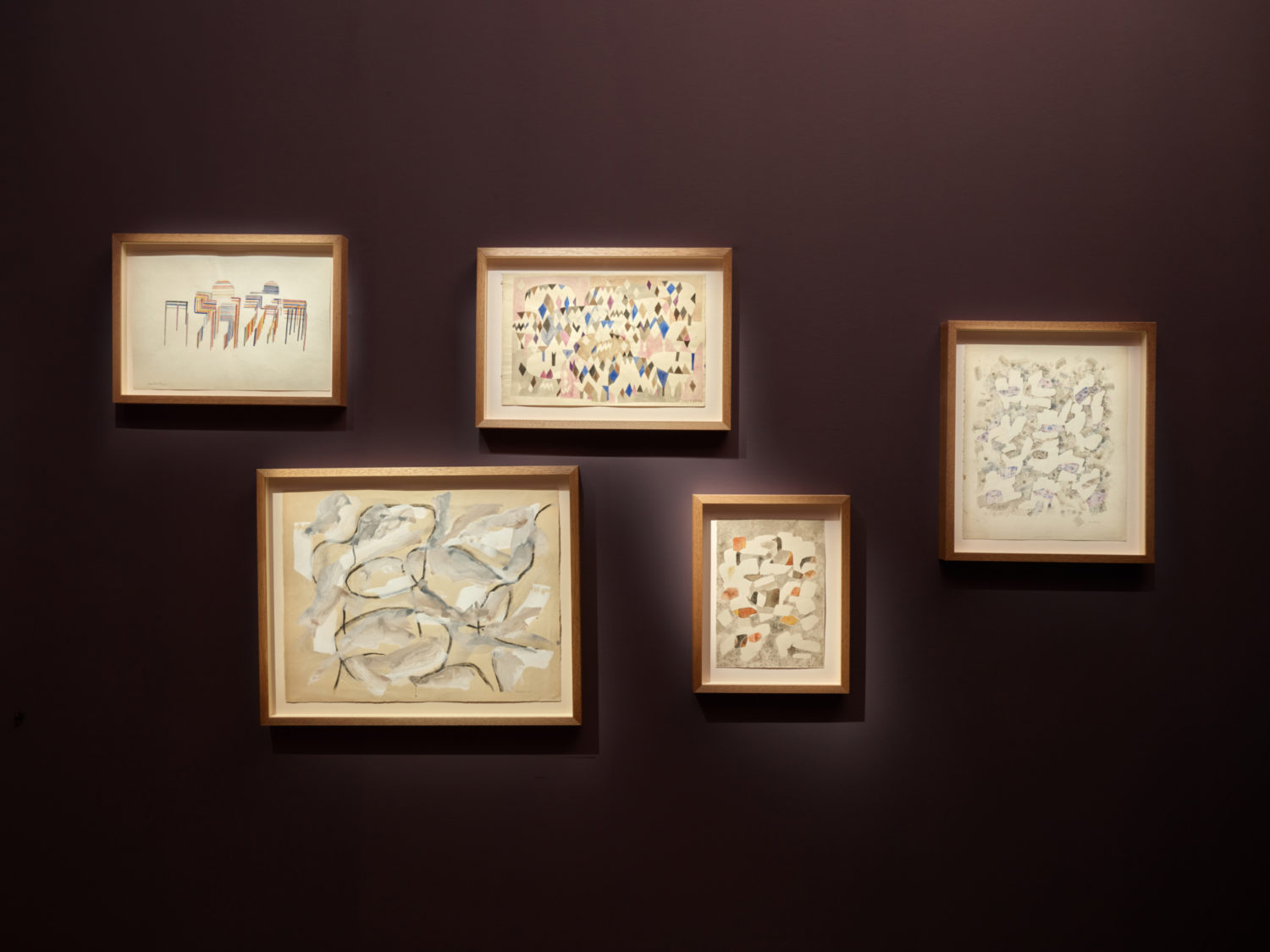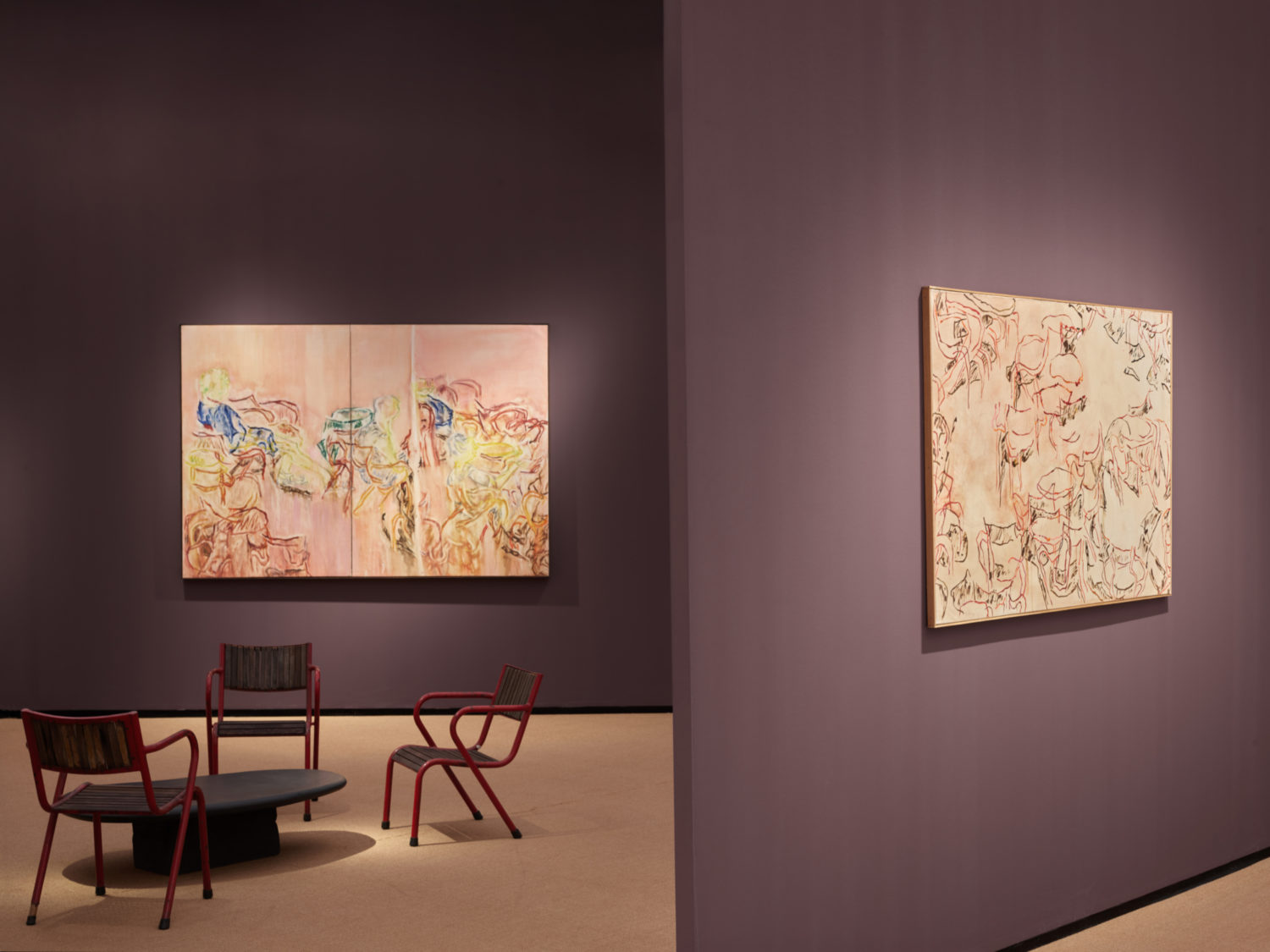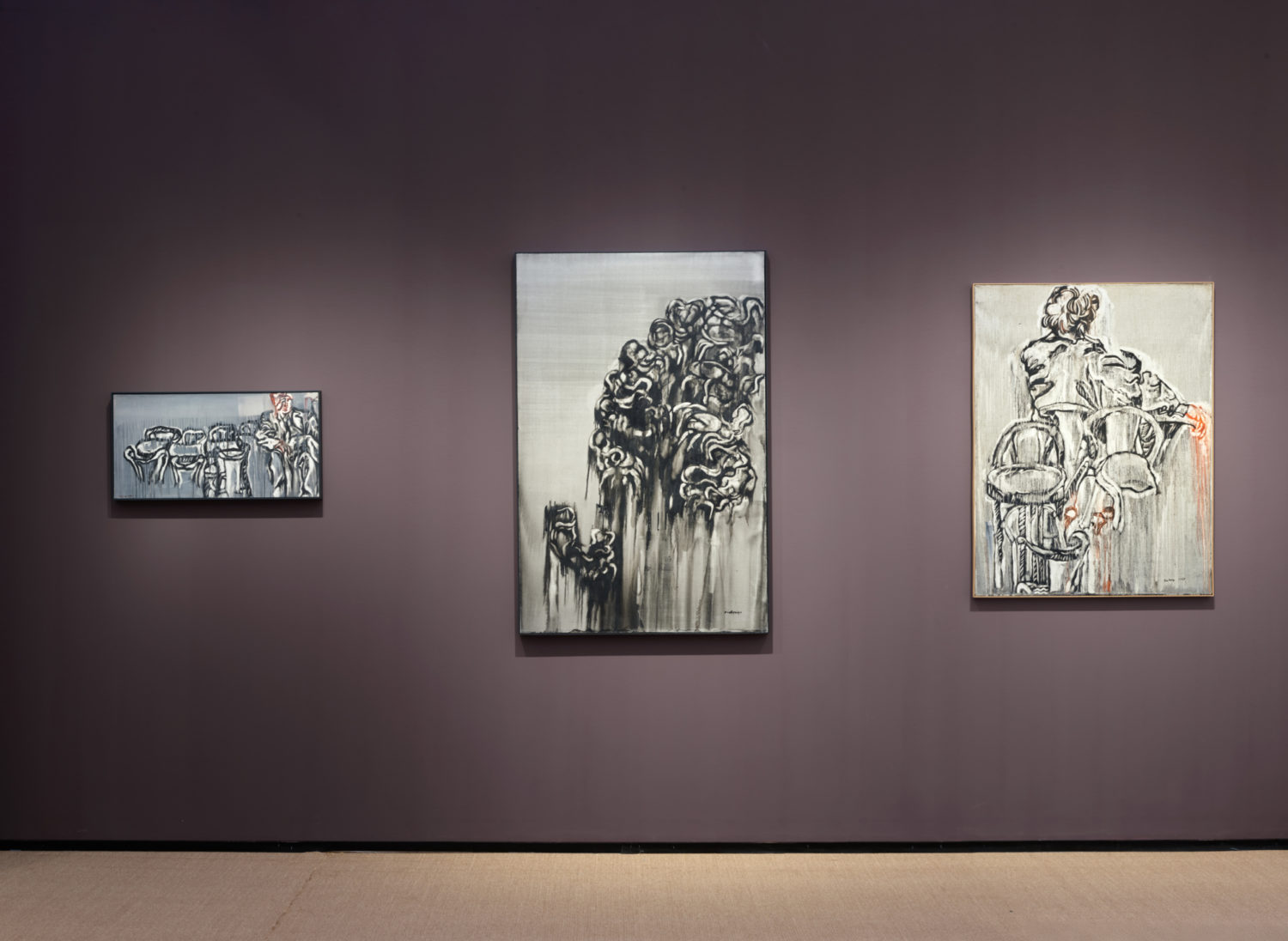Frieze Masters London 2025
From
→
London, United Kingdom
The Regent's Park
Fair description
Axel Vervoordt is pleased to participate in Frieze Masters 2025 (stand F02), which takes place from October 15 - 19 at The Regent’s Park in London.
For more information about the selection, please inquire via info@axelvervoordtgallery.com
For the 2025 edition of Frieze Masters, Axel Vervoordt Gallery is pleased to present a solo presentation, “Breath of Air” by Ida Barbarigo (1920-2018), featuring a selection of rarely-seen works from the mid-1950s, 1960s, and early 1970s. During these three decades, the paintings at Frieze Masters illustrate the evolution in her approach to abstraction: from very formal and geometric to a much more lyrical visual language that is completely her own. Barbarigo’s abstract paintings, particularly in her Chairs series, transform simple objects into haunting symbols of presence and absence, using repetition, distortion, and atmospheric space to evoke psychological tension rather than depict literal furniture. This curated selection situates the chair within abstraction as both motif and metaphor, blurring the boundary between object and emotion.
Ida Barbarigo was born as Ida Cadorin into a well-known Venetian family of artists, architects, and sculptors. She possessed a rare ability to convey emotions, unseen energies, and the depth of the human condition. She worked obsessively and passionately on various series throughout her life. These series took many forms, including self-portraits, judges, sphinxes, flowers, demons, beaches, city views, and earthlings. One theme was dominant and recurring: the moveable, sculptural, simple chair. Omnipresent in her oeuvre, the chair became Barbarigo’s leitmotif, like a personal script, a form of handwriting. A humble object that she related to through her intense observations and brought to life through poetic abstraction. The Spanish museologist and professor Kosme de Barañano writes about her devotion to chairs : “The chair in Barbarigo is not an object of use, but a witness. It conserves the trace of the body that has just left and evokes the one that will return. [...] Her painting seeks the space between things, that interval where silence acquires density and air itself becomes presence.”[1]
In the mid-1950s, still influenced by her former studies of architecture, Barbarigo reduced the chair to rigid, structured forms and painted them in geometric shapes. Influenced by Piet Mondriaan, she used primary, pure colours to distinguish the abstract lines and forms, of which “esperienza dinamica” (Dynamic Experience, 1955) is a rare example. In the following years, her style evolved. She became aware that her real passion was for lines that suggest rather than enclose, calling them “interactions between the solid and the void”. The lines in the paintings Untitled (1957) or “Réalité dinamique” (Dynamic Reality, 1959) become more fluid, delicate, and moving; they do not delimit but elude. She wanted to paint the unseen energy, the ephemeral which conveyed a sense of depth and mystery. Her palette shifted to muted, earthy colours and layered textures.
Her compositions are marked by a dreamlike atmosphere that blurs the line between figuration and abstraction. She observed not only the chairs, but the people sitting in them. Enigmatic figures mysteriously appear in her paintings and are transformed into chairs and tables. She observed people through her endless passeggiate or promenades in her hometown, Venice, and later in Paris, where she lived off and on from 1952 onwards.
In the early 1960s, during her walks, she made observations about daily life. She often transcribed the ordinary conversations she overheard and random encounters in the titles of her works. The size of her canvases became larger. At times, she even aligned two canvases together to make her compositions. “General dixi: doman piovi” (The General says: tomorrow it will rain, 1964) and “Aimez-vous la cuisine allemande” (Do you like German cooking, 1964) allude to a tension, an immediate emotion rather than a rendering of an actual scenery. Giovanna Dal Bon calls them “Echoes of non-dialogue. Emissions of breath” in the catalogue edited by AsaMer in 2013.[2]
In the 1960s and early 1970s, her brushstrokes became more expressive. The chairs express aspects of melancholy, mystery, or even darker themes of the human condition. They become autonomous impersonal forms, games of chance and function, and the unexpected mingling with the air. When she painted them in stacks “Seggiole a parte” (Chairs apart, 1973), they almost assume the threatening shapes of glaring armies and tend to express violence.
Daniela Ferretti, curator and former director of Museo Fortuny, said: “When I think of Ida, most of the time I imagine her sitting at one of the cafés on the Zattere, or Piazza San Marco, or along the Parisian boulevards, contemplating the chairs and above all observing. Observing the mysterious, enigmatic voids and the interstices of simple chairs stacked in piles or abandoned in random geometric lines, she waited for a new vision to come to replace the usual image of these daily objects, designing them to reveal their essence. Nothing comes from anything. Everything takes place in a suspended, motionless time, and suddenly, in a new space, appears the other image, the one that emerges from the deepest part of the soul.”
Ida Barbarigo was a groundbreaking artist who had a remarkable ability to “feel paint”. Despite the originality of her vision, she received little recognition in a male-dominated art world. Today, it’s clear she made a vital contribution to postwar art history with her fresh paintings, which bridge figuration and abstraction with a unique, timeless sensibility.
[1] K. de Barañano , Ida Barbarigo, cat. exh. Fundación BBK, Bilbao, 2000, pp. 11-17.
[2] G. Dal Bon, Ida Barbarigo, AsaMer , 2013, p. 24-25.
